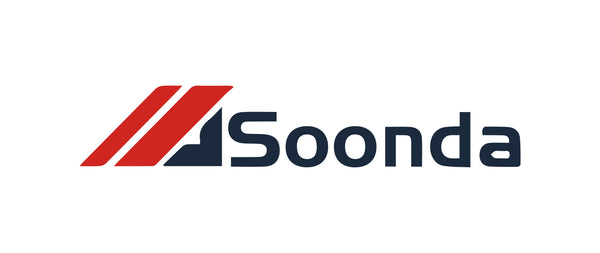A Comprehensive Guide to Understanding Laser Cutter Features and Benefits
Share
If you're looking to get into the world of laser cutting, it's important to understand the various features and benefits that different machines can offer. As an authorized retailer of Ortur, Aufero, and DAJA brands, we have extensive knowledge of the laser cutter market and can help guide you in finding the perfect machine for your needs.
What is a Laser Cutter?
First, let's start with the basics. A laser cutter is a machine that uses a high-powered laser to cut or engrave materials such as wood, plastic, and metal. It works by directing the laser beam through a series of mirrors and lenses to the cutting surface, where it can make precise cuts with incredible speed and accuracy.
Types of Laser Cutters
There are several types of laser cutters available on the market, each with its own set of features and benefits. The most common types are CO2, fiber, and diode laser cutters.
CO2 Laser Cutters
CO2 laser cutters use a gas laser to cut and engrave materials. They are known for their versatility and can cut a wide variety of materials, including wood, acrylic, and leather. They are also capable of producing intricate designs and have a high precision level.
Fiber Laser Cutters
Fiber laser cutters use a solid-state laser to cut and engrave materials. They are primarily used for metal cutting and are known for their speed and accuracy. They are also more energy-efficient than CO2 laser cutters.
Diode Laser Cutters
Diode laser cutters use a semiconductor diode as the laser source. They are typically used for smaller projects and are best suited for cutting thin materials such as paper, cardboard, and fabric. They are also the most affordable option for those on a budget.
Key Features to Consider
When choosing a laser cutter, there are several key features to consider:
- Power: The power of a laser cutter is measured in watts and determines the thickness and type of materials it can cut. Higher wattage machines are capable of cutting thicker materials.
- Cutting Bed Size: This refers to the size of the cutting surface and determines the maximum size of the material you can work with. It's important to choose a machine with a cutting bed that fits your needs.
- Accuracy and Precision: The accuracy and precision of a laser cutter are crucial for producing high-quality cuts and engravings. Look for machines with a high DPI (dots per inch) and a low minimum spot size for the best results.
- Software Compatibility: Most laser cutters come with software that allows you to design and control the cutting process. Make sure the software is compatible with your computer and easy to use.
- Additional Features: Some laser cutters come with additional features such as autofocus, rotary attachment for engraving on curved surfaces, and air assist to prevent material from catching fire.
Benefits of Laser Cutters
Now that you understand the key features of laser cutters, let's take a look at the benefits they offer:
- Precision: Laser cutters offer unmatched precision and accuracy, making them ideal for producing intricate designs and detailed cuts.
- Speed: Laser cutters are incredibly fast and can produce cuts in a fraction of the time it would take with traditional cutting methods.
- Versatility: With the ability to cut a wide range of materials, laser cutters offer endless possibilities for crafting, DIY projects, and small business production.
- Cost-effective: Laser cutters are a cost-effective option for businesses, as they reduce material waste and increase production efficiency.
- Ease of Use: Despite their advanced technology, laser cutters are relatively easy to use and require minimal training to operate.
In Conclusion
Understanding the features and benefits of laser cutters is crucial when choosing the right machine for your needs. Consider your budget, the types of materials you'll be working with, and the features that are most important to you before making your purchase. With the right laser cutter, the possibilities for creativity and production are endless.
